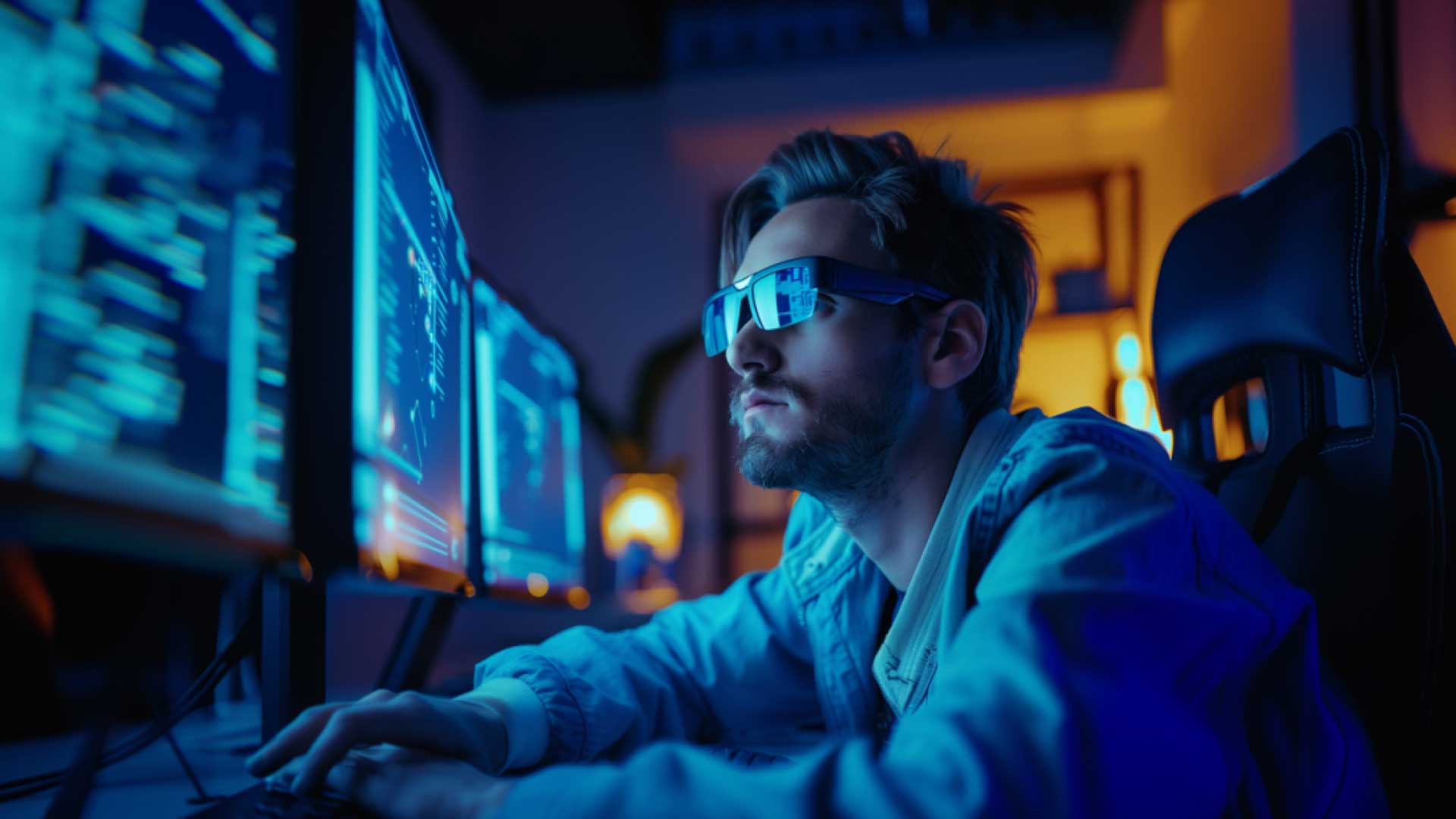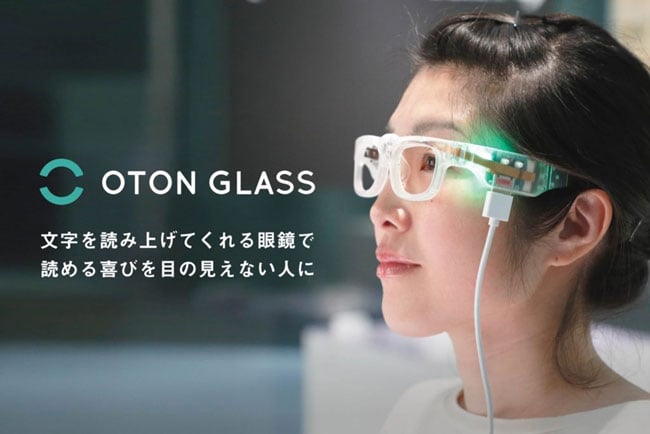Wearable Technology for Low Vision: Transforming How We Navigate the World
Wearable Technology for Low Vision: Transforming How We Navigate the World
Blog Article
Cutting-edge Solutions in Assistive Technology for Visual Disability
The landscape of assistive modern technology for aesthetic impairment is progressing swiftly, presenting a variety of cutting-edge services that improve access and independence. From sophisticated smart device applications that help with navigation to wearable tools designed for real-time assistance, these devices are improving the experiences of those with aesthetic impairments. Furthermore, the assimilation of clever home technologies and academic resources has the prospective to promote better community engagement. Nonetheless, the effects of these advancements elevate crucial questions about their availability and effectiveness in diverse contexts, calling for a more detailed evaluation of their broader impact.
Innovations in Mobile Phone Applications
Recently, advancements in smart device applications have actually considerably changed the landscape of assistive modern technology for people with visual problems. These applications take advantage of the powerful sensing units and abilities of modern smart devices to supply customers with devices that enhance freedom and availability in their daily lives.
Notable amongst these innovations are applications made for item acknowledgment, which use the smartphone's electronic camera to identify items and supply spoken summaries. Such functions encourage individuals to browse their atmospheres better, whether identifying items in shops or finding individual possessions in the house. Additionally, text-to-speech applications have actually improved considerably, enabling individuals to capture printed message through their gadget's electronic camera and get split second audio comments, therefore facilitating analysis and understanding.
Navigation applications tailored for aesthetically damaged users have actually additionally emerged, providing acoustic guidance and comprehensive area details. These tools supply essential support for movement, permitting customers to traverse unknown areas with self-confidence. Community-driven applications have fostered social interaction and resource sharing among individuals with aesthetic problems, developing an encouraging network that enhances their quality of life. In general, smartphone applications have come to be indispensable allies in promoting autonomy and ease of access for individuals with visual impairments.
Wearable Gadgets for Navigation
Wearable devices for navigating have actually become a groundbreaking service for individuals with visual problems, supplying hands-free help that improves movement and orientation. These gadgets commonly use advanced technologies, consisting of GPS, ultrasonic sensing units, and fabricated intelligence, to supply real-time feedback and instructions to individuals as they browse their environment.
One noteworthy example of wearable navigating innovation is smart glasses, which can identify challenges and relay auditory or haptic feedback to the user, permitting secure and effective movement in numerous settings. Various other gadgets, such as vests and belts geared up with sensors, can likewise educate users of their environments by providing notifies regarding close-by things or adjustments in surface.
In addition, numerous wearable tools integrate with mobile phone applications, enabling individuals to tailor their navigating preferences and get tailored path pointers. This personalization can dramatically enhance the individual experience, empowering individuals to take a trip with greater confidence and freedom.
As technology remains to create, the potential for wearable navigation gadgets to boost the lifestyle for individuals with visual disabilities remains Get More Info significant, leading the way for more accessible and inclusive atmospheres.
Smart Home Modern Technology Assimilation

Additionally, clever appliances furnished with responsive user interfaces or auditory comments give intuitive interactions that cater particularly to the demands of those with visual problems. Wise refrigerators can reveal their materials and expiry days, while smart ovens can direct customers with the cooking procedure with audio instructions.
Home automation systems, such as smart doorbells and safety and security cams, use comfort by enabling customers to receive informs and gain access to live feeds by means of their smart phones, boosting individual safety (AI-powered visual aids). Furthermore, assimilation with mobile phones and tablets guarantees that users can manage their home environment from anywhere within their properties
As clever home technology continues to evolve, it holds the potential to change the living experiences of people with aesthetic impairments, promoting independence and enhancing lifestyle in a significantly linked globe.

Educational Devices and Resources
Accessibility to efficient educational devices and resources is vital for individuals with aesthetic problems, as it equips them to involve totally in their knowing experiences. Numerous assistive innovations have actually been established to boost availability and foster independent learning.
Additionally, educational software application specifically developed for aesthetically impaired individuals supplies features such as high-contrast settings and customizable message dimensions. These devices accommodate varied discovering designs and make sure that students can tailor their instructional experience to their demands.
Additionally, access to digital collections and audio publications expands the range of readily available discovering materials, making it possible for trainees to explore subjects comprehensive without the constraints enforced by conventional print sources. Joint platforms that incorporate ease of access features additionally help with team projects, ensuring that aesthetically impaired students can add meaningfully along with their peers.
Community Support and Engagement
A durable network of community assistance and engagement is crucial for individuals with aesthetic impairments, cultivating an inclusive atmosphere where they can thrive. Neighborhood organizations, regional campaigning for groups, and volunteers play an essential role in supplying sources, info, and friendship, which are vital for enhancing the quality of life for those influenced by visual impairments.
Interaction tasks such as workshops, gatherings, and support system not only help with skill development however likewise advertise social communication, minimizing sensations of isolation. These initiatives encourage people to share successes, experiences, and challenges, therefore reinforcing neighborhood bonds. Additionally, collaborations with neighborhood services can result in greater accessibility in public rooms, additionally integrating people with aesthetic impairments right into the neighborhood.
Technology additionally improves community involvement with online systems that use virtual support system and resources, enabling individuals to attach no the original source matter geographical obstacles. By taking advantage of both electronic and in-person services, communities can produce an extensive assistance network. Eventually, cultivating partnership among different stakeholders-- including households, educators, and medical care professionals-- makes certain that individuals with visual disabilities receive the all natural assistance needed to browse life properly and with dignity.
Conclusion
Ingenious options in assistive technology for aesthetic problems considerably improve the top quality of life for people facing these obstacles. The assimilation of smart device applications, wearable tools, clever home modern technology, and instructional tools cultivates better freedom and accessibility.
The landscape of assistive technology for aesthetic problems is advancing swiftly, offering an array of cutting-edge options that improve availability and self-reliance. Community-driven applications have fostered social interaction and resource sharing amongst people with visual disabilities, creating a supportive network that boosts their top quality of life. On the whole, mobile phone applications have become indispensable allies in advertising freedom and availability for individuals with visual problems.
Lots of individuals with visual problems are discovering higher autonomy through the assimilation of clever home innovation.Cutting-edge options in assistive innovation for visual problems dramatically improve the high quality of life for individuals encountering click to read these obstacles.
Report this page